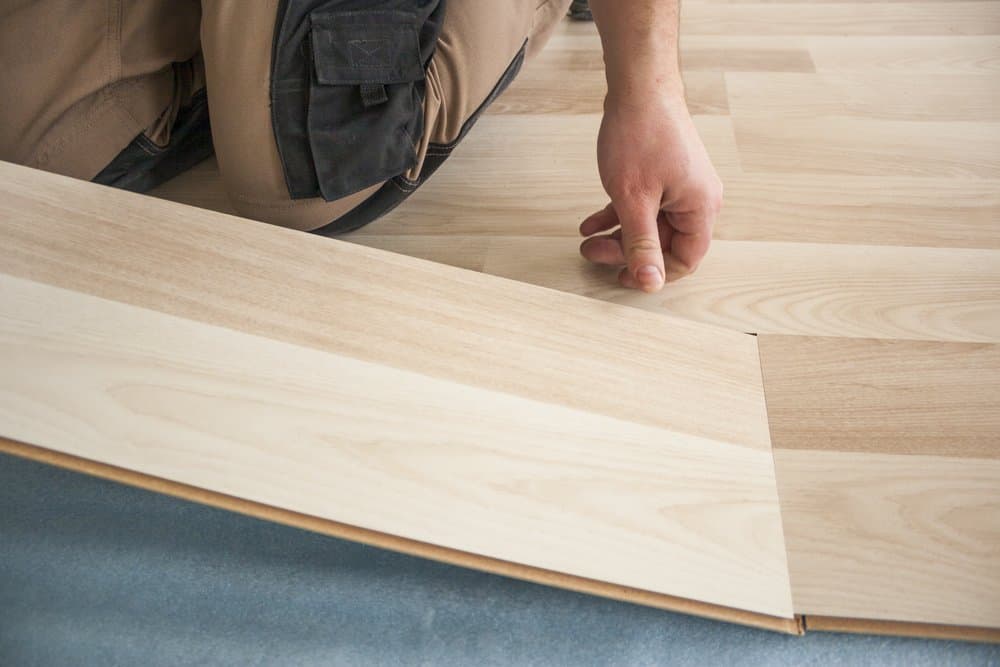
What is a floating floor?
Floating floors have been getting a great deal of attention in recent years. You would think it’s a type of flooring, but it’s actually a term referring to an installation method for different types of floor coverings.
Unlike the conventional way of nailing or gluing flooring material to the subfloor, a floating floor uses a technique that allows individual boards and planks to lock together. They are not attached to the subfloor. The concept is similar to that of a Jigsaw Puzzle, where various pieces have to be fitted together.
What are the popular floating floor options?
Laminate flooring
The floating floor method was originally invented for easy installation of laminate flooring, as it supports itself with locking systems with no connection to the subfloor.
The lack of nailing and gluing means the flooring material can expand and contract more effectively in response to changes in humidity.
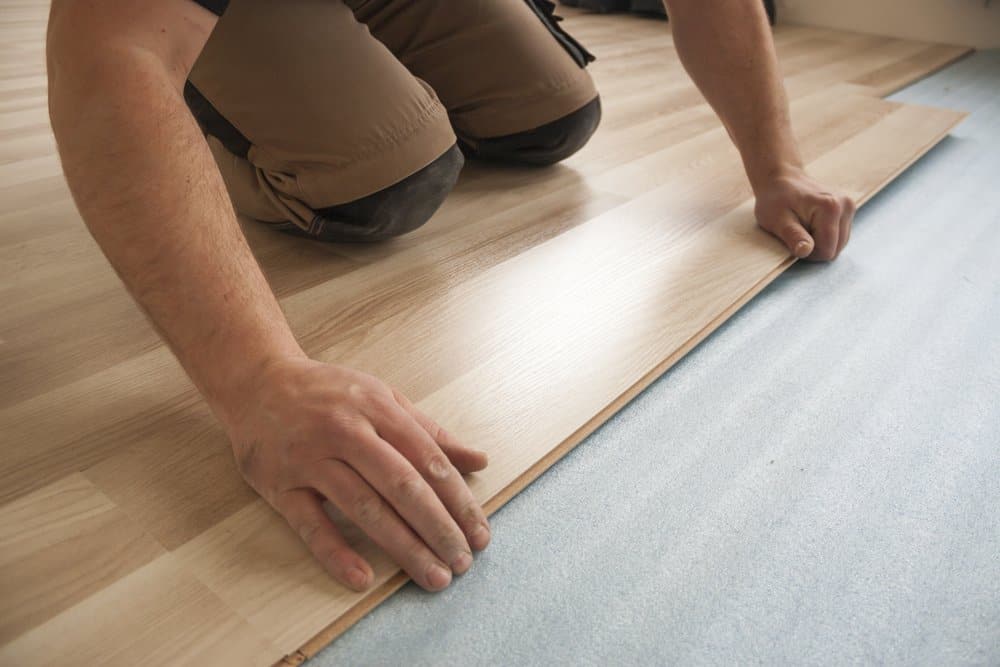
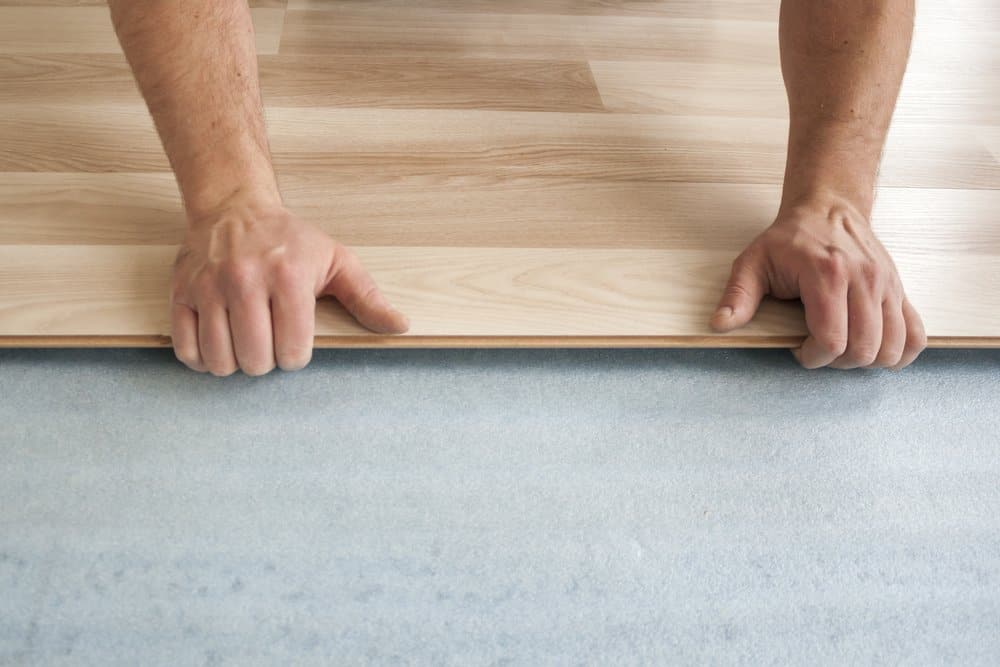
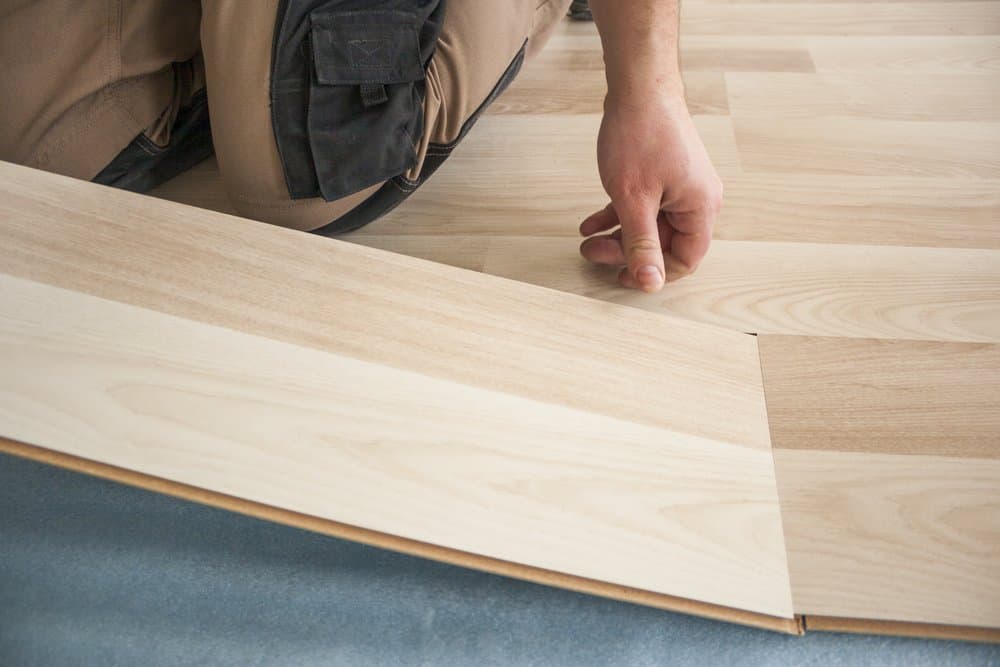
Vinyl flooring
Vinyl flooring is another most after-sought material, which is typically glued to the substrate.
However, manufacturers have now embraced the new floating floor method and it’s commonly featured in luxury vinyl flooring. This type of flooring is engineered with tongues and grooves, allowing the boards to snap together.
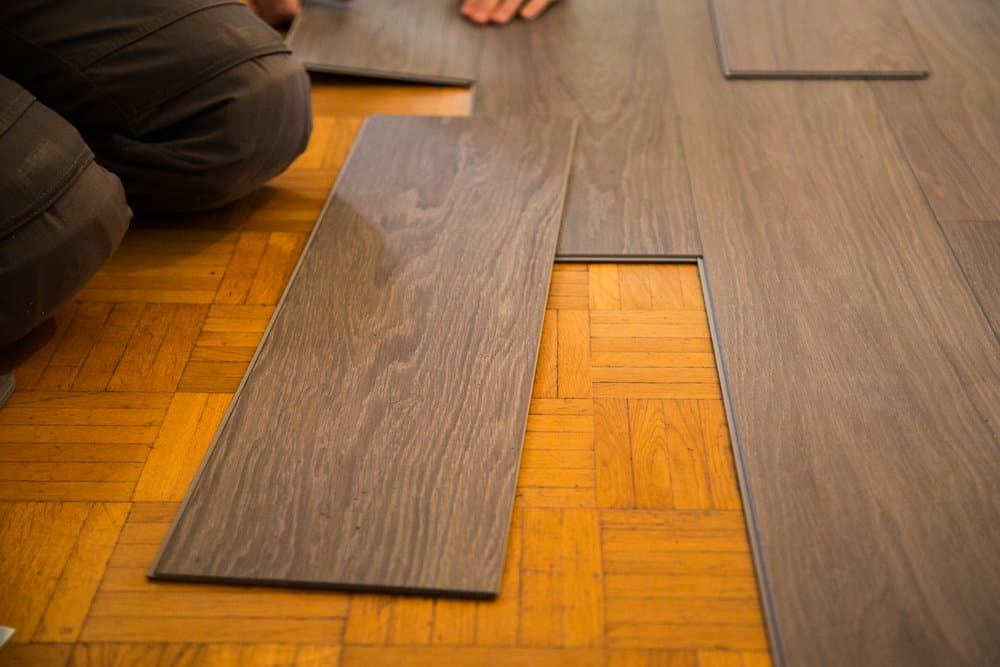
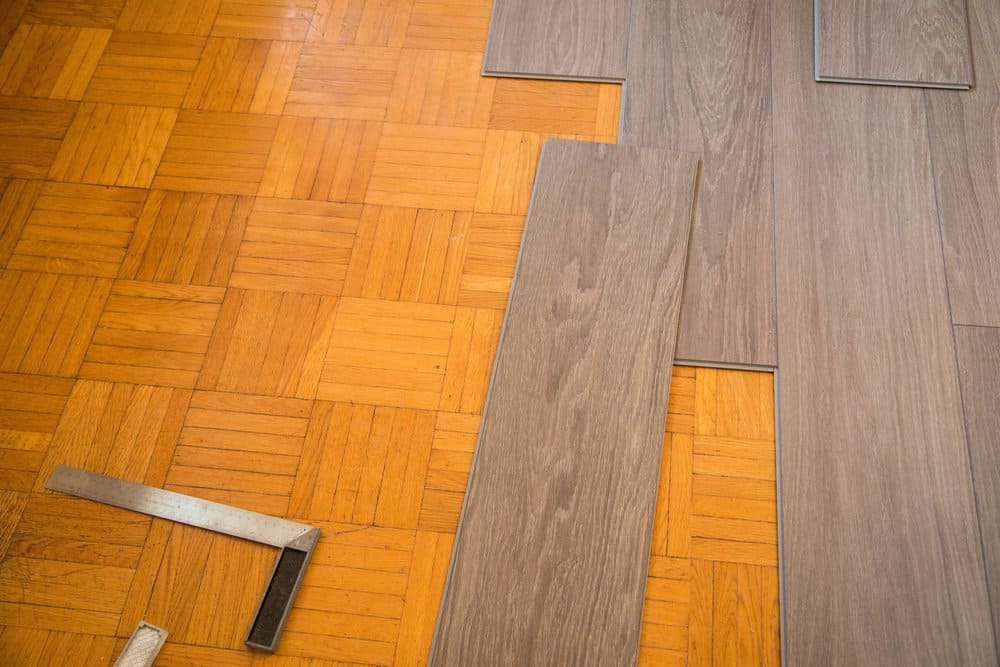
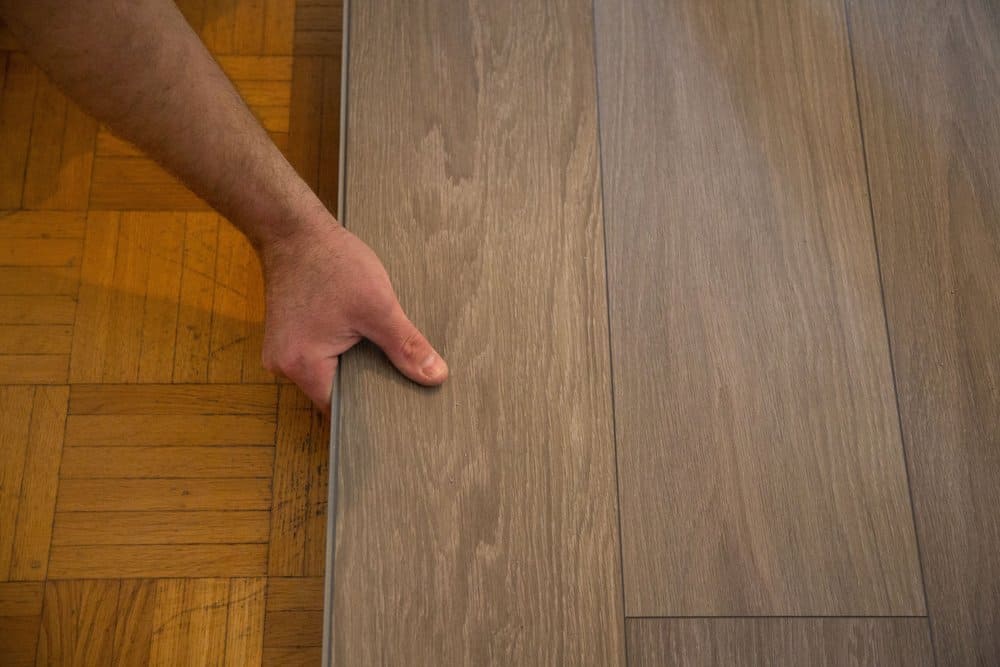
Engineered hardwood flooring
Most of the engineered hardwoods you’ll find on the market today are attached to a plywood subfloor using nails or staples.
With the growing demand for floating floors, however, you’ll certainly get a few brands, such as Parrys carpets, offering tongue and groove options for easy installation.
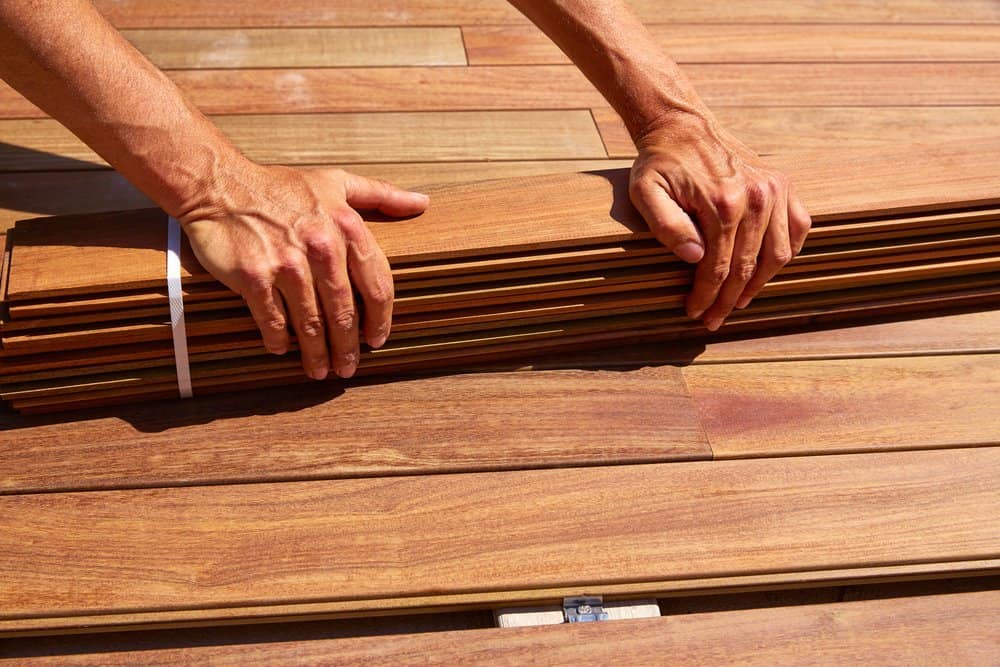
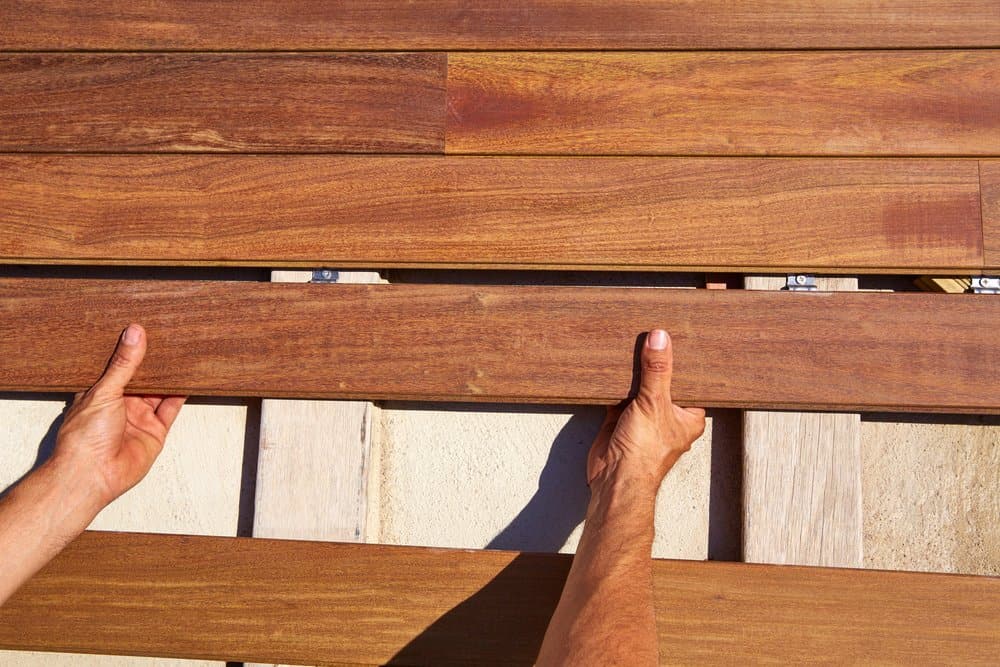
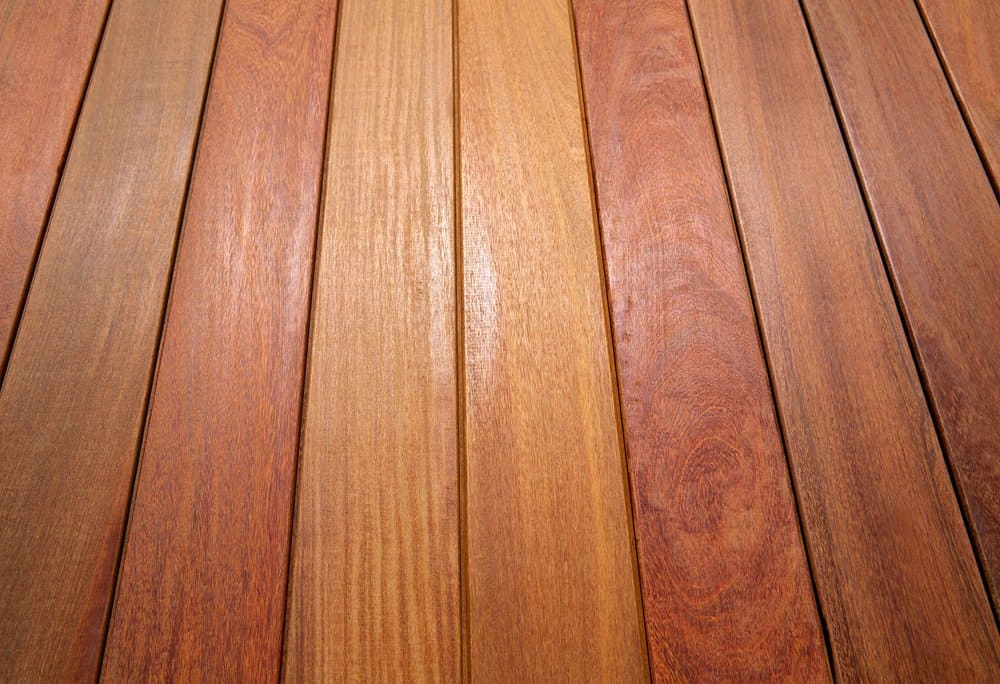
Pros and cons of floating floors
Pros:
Incredible easy to install: Floating floors are easily attached to each and don’t require any special tools or equipment. Installing them is a DIY task.
Saves money: By eliminating the paid labour, you could save some money.
Flexibility: When floating floors are installed, there’s a gap left around the perimeter to give room for contraction and expansion in warm and humid environments.
Removal and reuse: Whether you need to make repairs or install the floors in a different room, detaching the planks or boards is a lot easier.
Cons:
Lower resale value: They have a lower resale value compared to the conventional floors attached to the substrate.
Thinner materials: While you can easily add an attractive floor, the flooring materials used for this purpose are generally thinner and considered less substantial than flooring glued or nailed to the substrate.
Parry’s parting words
Whether you go for a floating or non-floating floor option will depend on your project, budget and personal preferences. Both methods have many benefits and you will need to have your end goal in sight while considering which best compliments your vision for the project.
Read More Blogs
Article Topics
Recent Articles
-
![Parrys Carpets: Increase property value with Engineered Timber Flooring]()
Increase property value with Engineered Timber Flooring
If you’re looking for a way to elevate your home’s appeal and upsize the value...
Keep Reading -
![Parrys Carpets: Optimise Flooring Design in Wet Rooms]()
Optimise Flooring Design in Wet Rooms
When it comes to the crunch, flooring for wet rooms is primarily about functionality. The...
Keep Reading -
![Parrys Carpets: Wellness Tips for your Home]()
Wellness Tips for your Home
When you’re shopping for fresh flooring for your home, it’s imperative to consider how your...
Keep Reading



